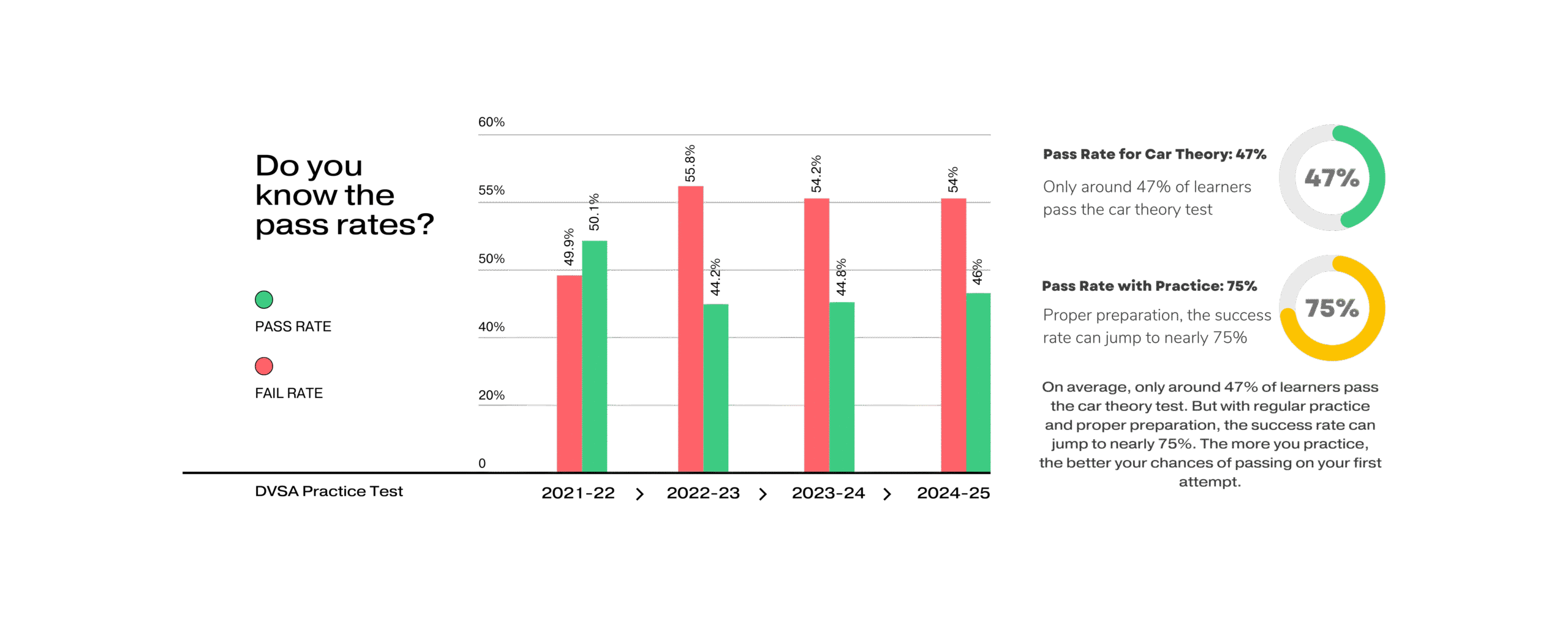WELCOME TO OUR
TAKE THEORY TEST WEBSITE
Practice DVSA mock tests, hazard perception, and driving lessons – all in one place.
Pass Your UK Driving Theory Test with Confidence.

Who We Are?
“Take Theory Test” we are passionate about helping new drivers succeed in their DVSA theory test. Our mission is to make learning the rules of the road simple, interactive, and accessible for everyone — from absolute beginners to those looking to sharpen their skills. We provide clear guidance, engaging quizzes, traffic sign explanations, and real-life driving scenarios so that every learner can confidently understand what’s needed to pass the theory test. Whether you’re just starting your driving journey or preparing for your exam, we are here to guide you step by step, making the path to passing your DVSA theory test easier and more enjoyable.
One Test. Are You Ready?
DVSA Test
The DVSA Theory Test is the first step to getting your full UK driving licence. It checks your knowledge of the Highway Code, road signs, and safe driving practices, as well as your ability to spot potential dangers on the road through the hazard perception test.
- Multiple-choice questions – 50 questions on rules of the road, road safety, and driving knowledge.
- Hazard perception – interactive video clips where you identify developing hazards.
- Pass requirement – you need to score at least 43/50 in the theory and 44/75 in hazard perception.
DVSA Theory Test Learning Journey (Beginner → Pro)
Our step-by-step guide takes you from basics to exam-ready — Remember these easy 7 steps and become professional.

Understand The Test
Learn what the DVSA theory test is, how it works, and the marks you need to pass.

Learn the Highway Code Basics
Study the Highway Code to build a strong foundation in rules, safety, and speed limits.

Master Road Signs
Understand traffic signs and road markings so you can recognize them instantly.

Focus on Driving Safety
Learn safe driving practices, motorway rules, and how to avoid risky behavior.

Build Hazard Awareness
Train your eyes to spot potential dangers like pedestrians, cyclists, and bad weather.


Take Mock Tests & Get Exam Ready
Test your knowledge with practice exams and track your progress until you’re confident

Practice Hazard Perception (Videos)
Use video clips to improve reaction times and score higher in hazard spotting.
Discover Our Test Categories
Choose a category below to begin. Each section gives you clear guidance, practice, and resources to help you get fully prepared for the DVSA theory test
Give Instant Short Quiz & Judge Yourself
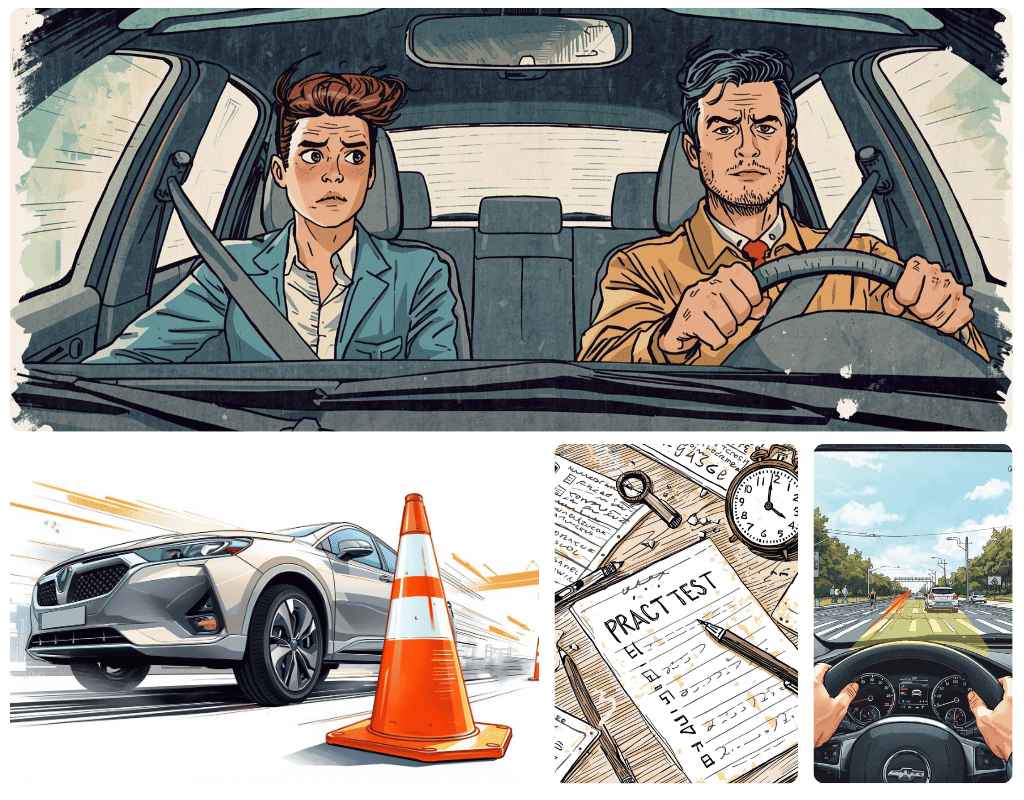
DVSA Total Practice Modules
Explore all the key materials included in the DVSA theory test preparation. From road signs and hazard videos to practice questions and safety tips, everything you need to learn is right here
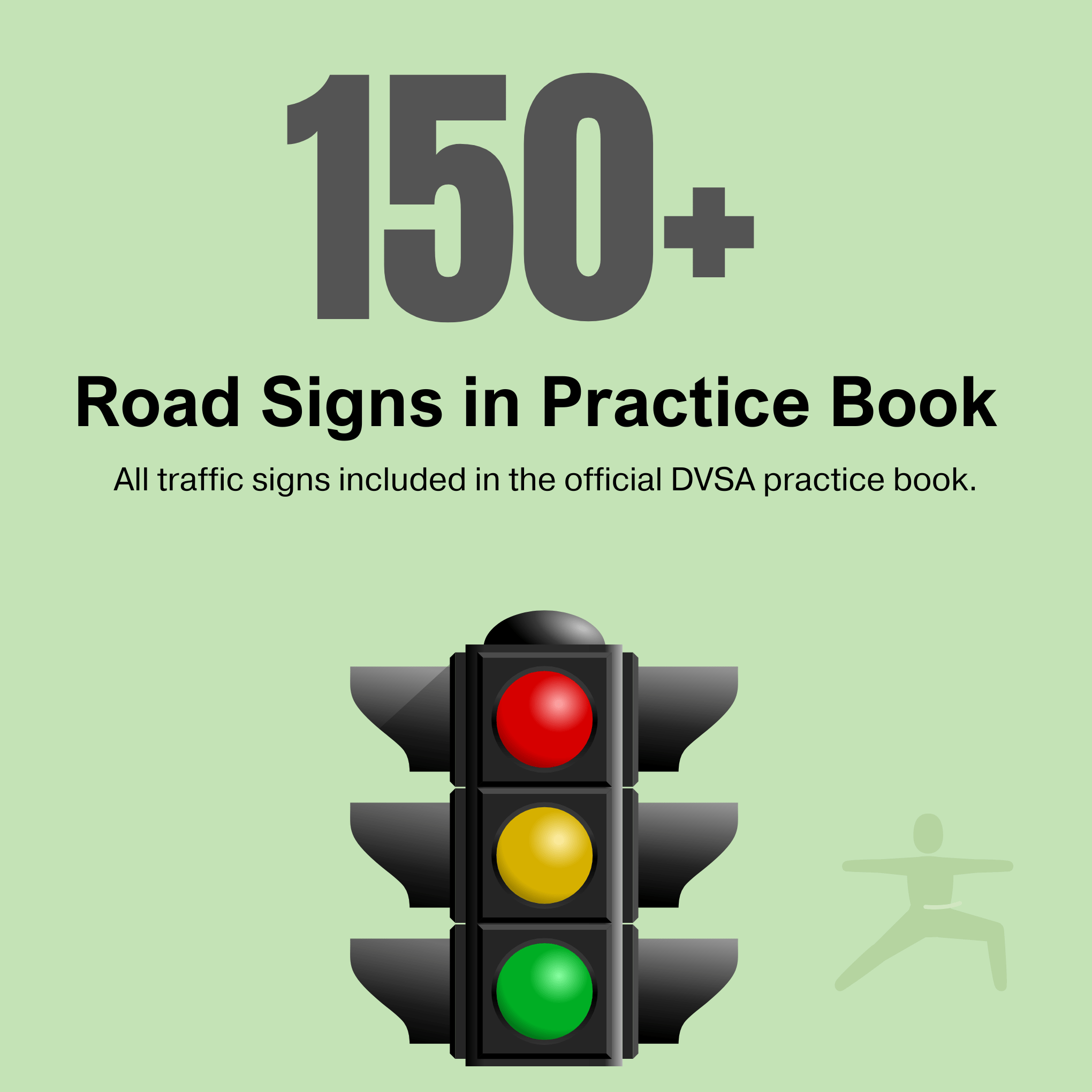
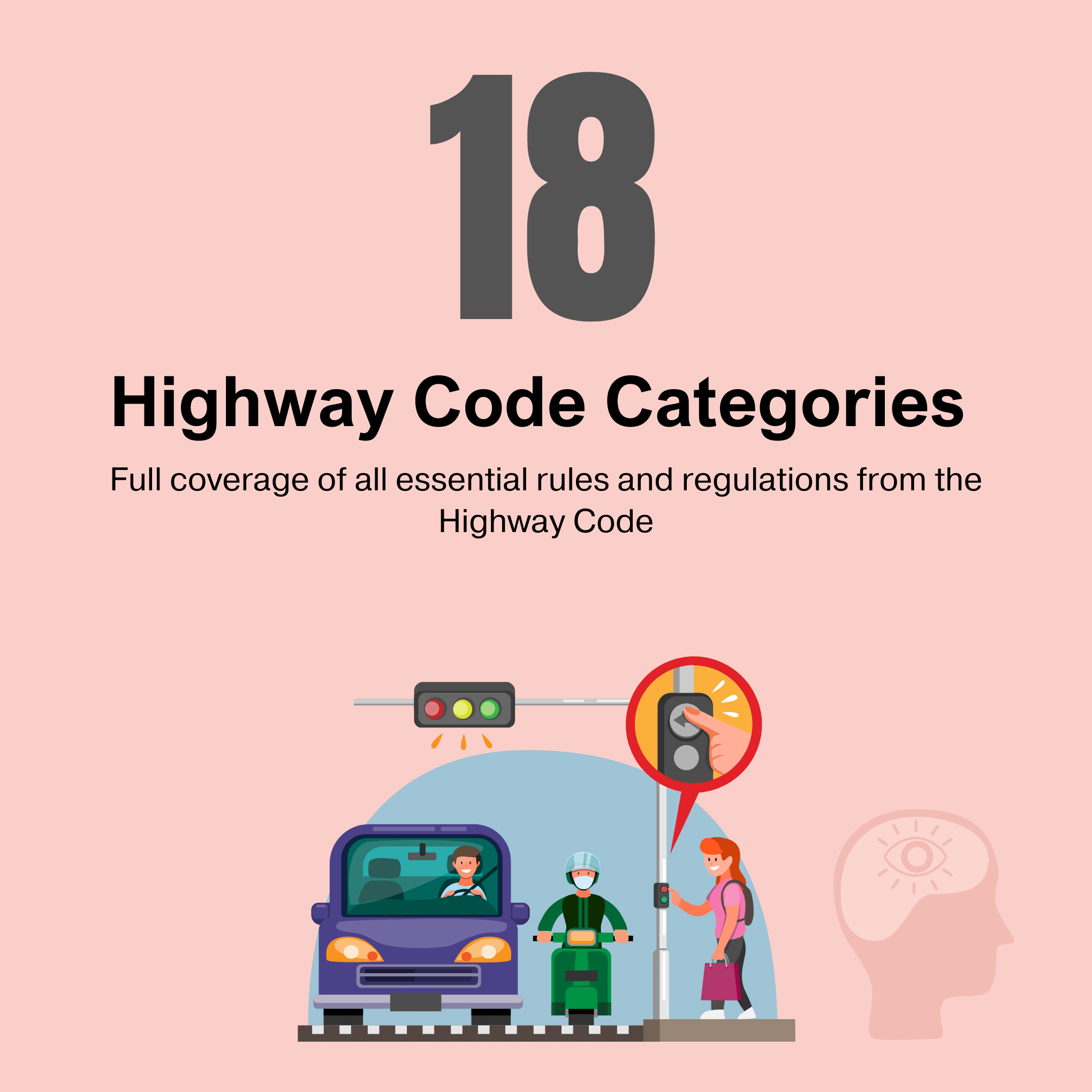
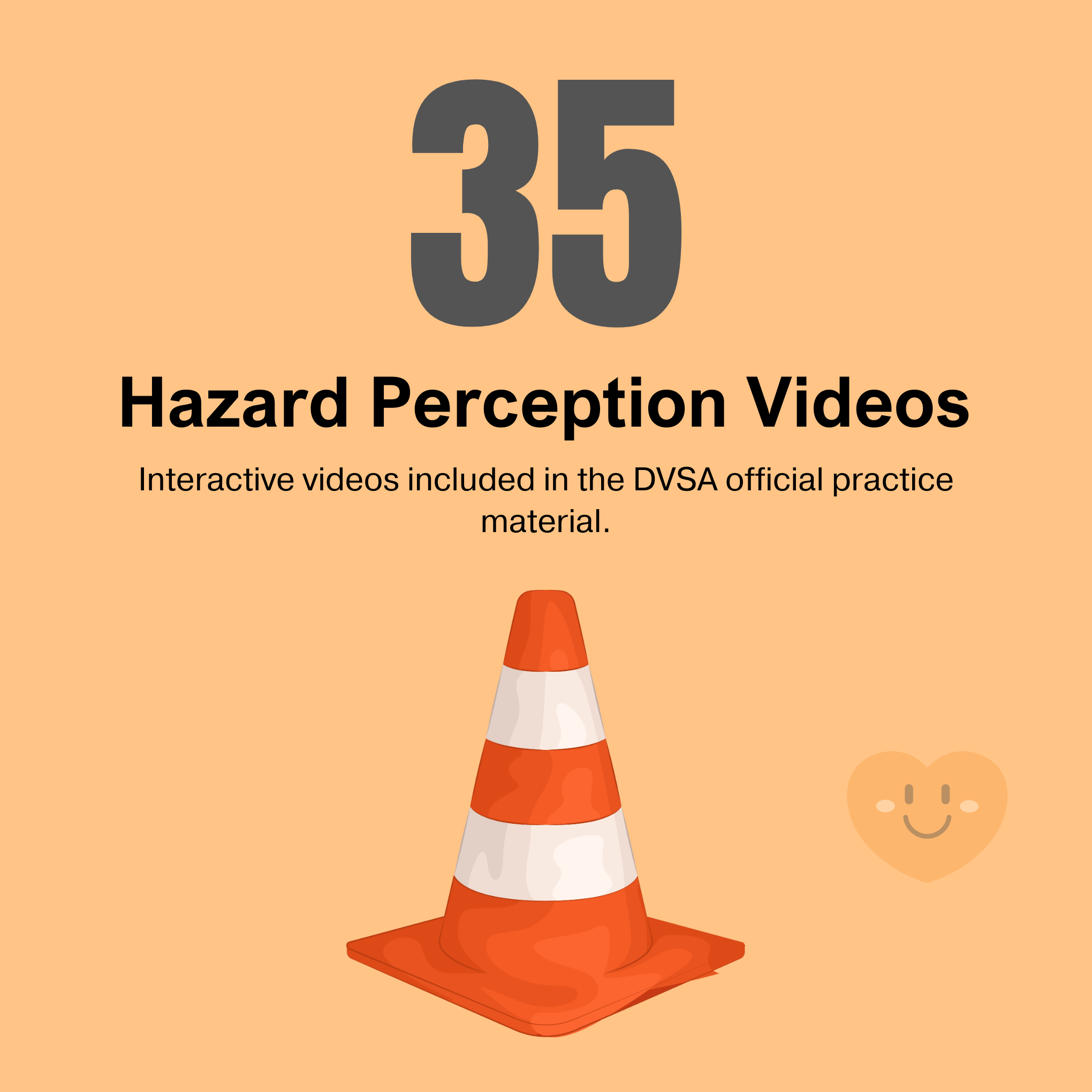
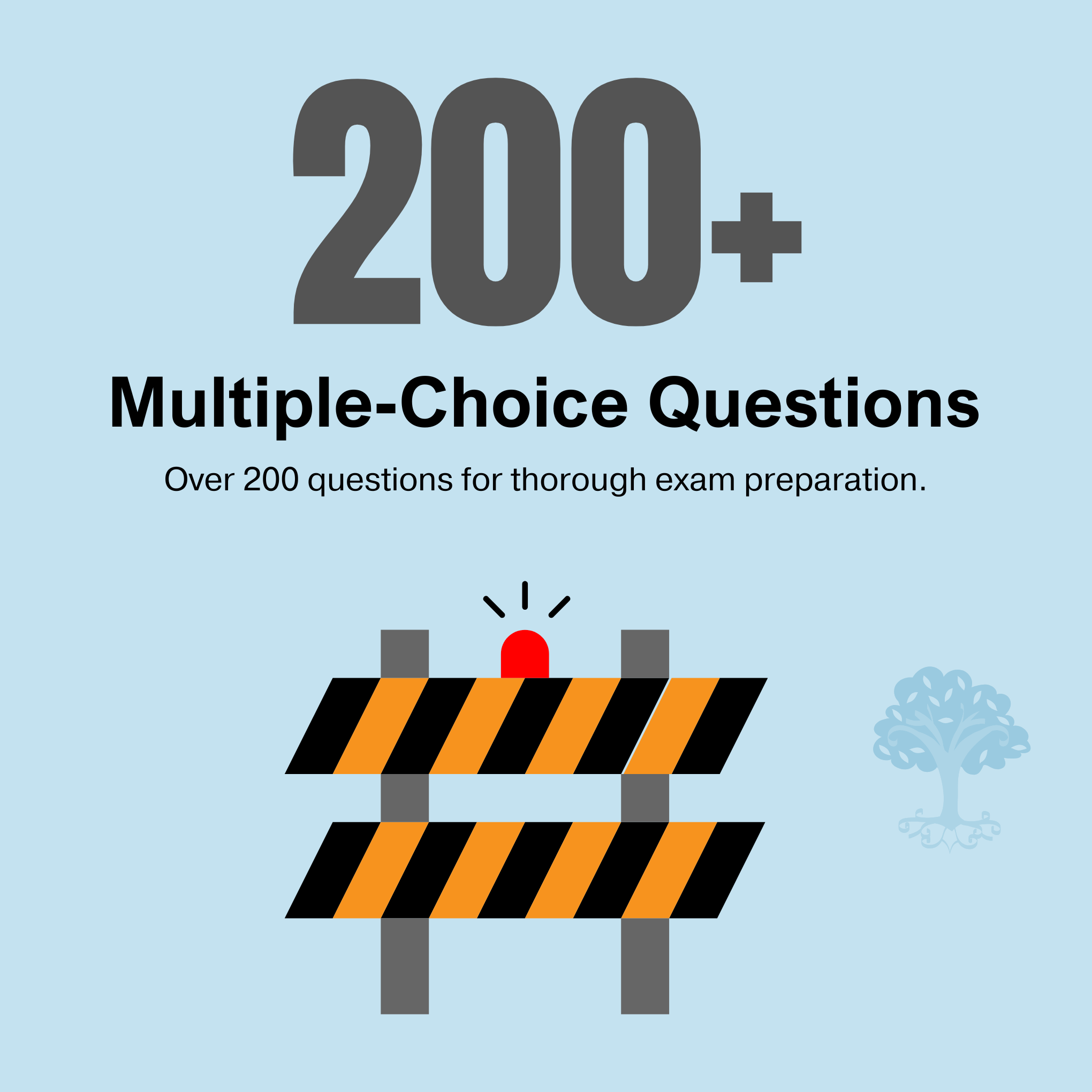
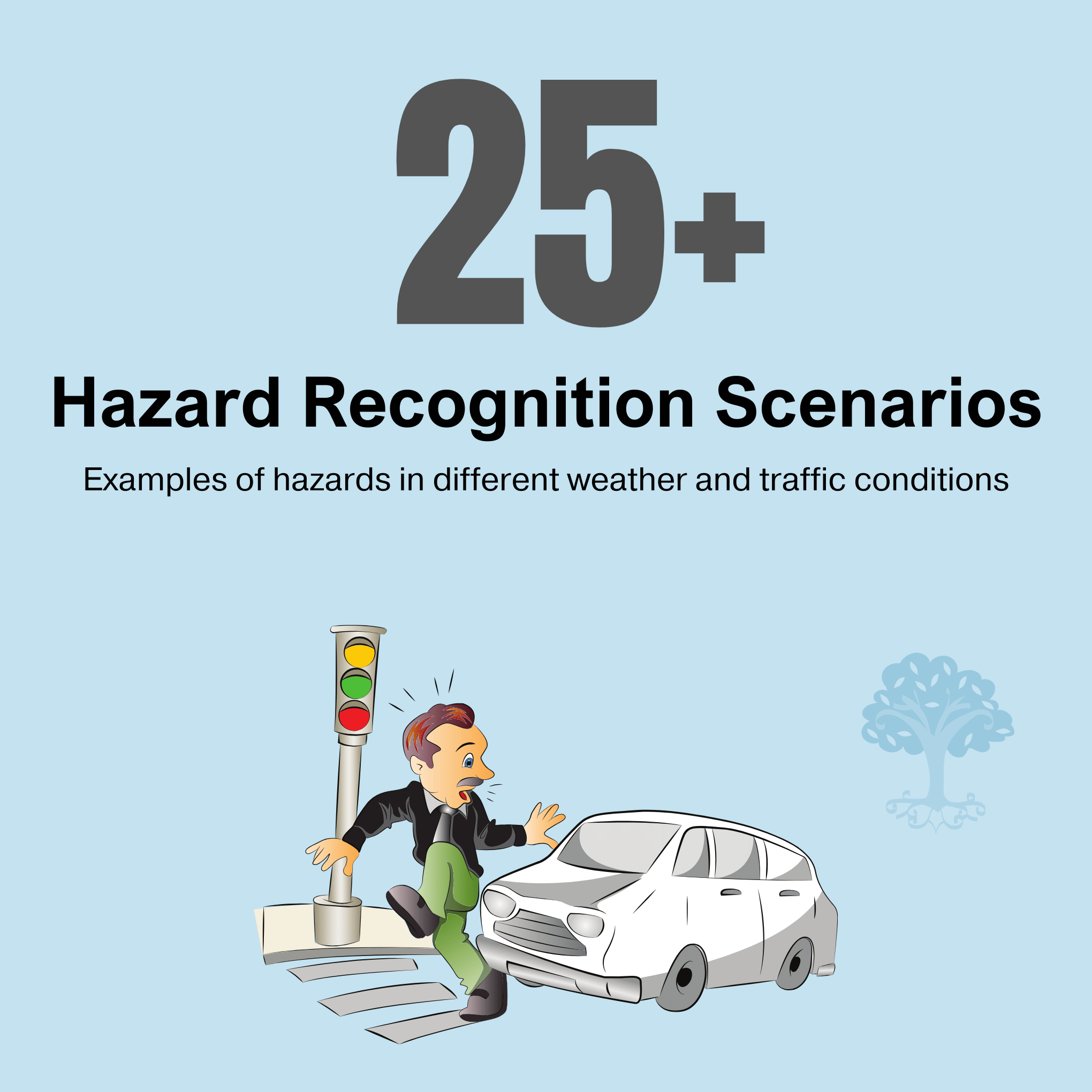
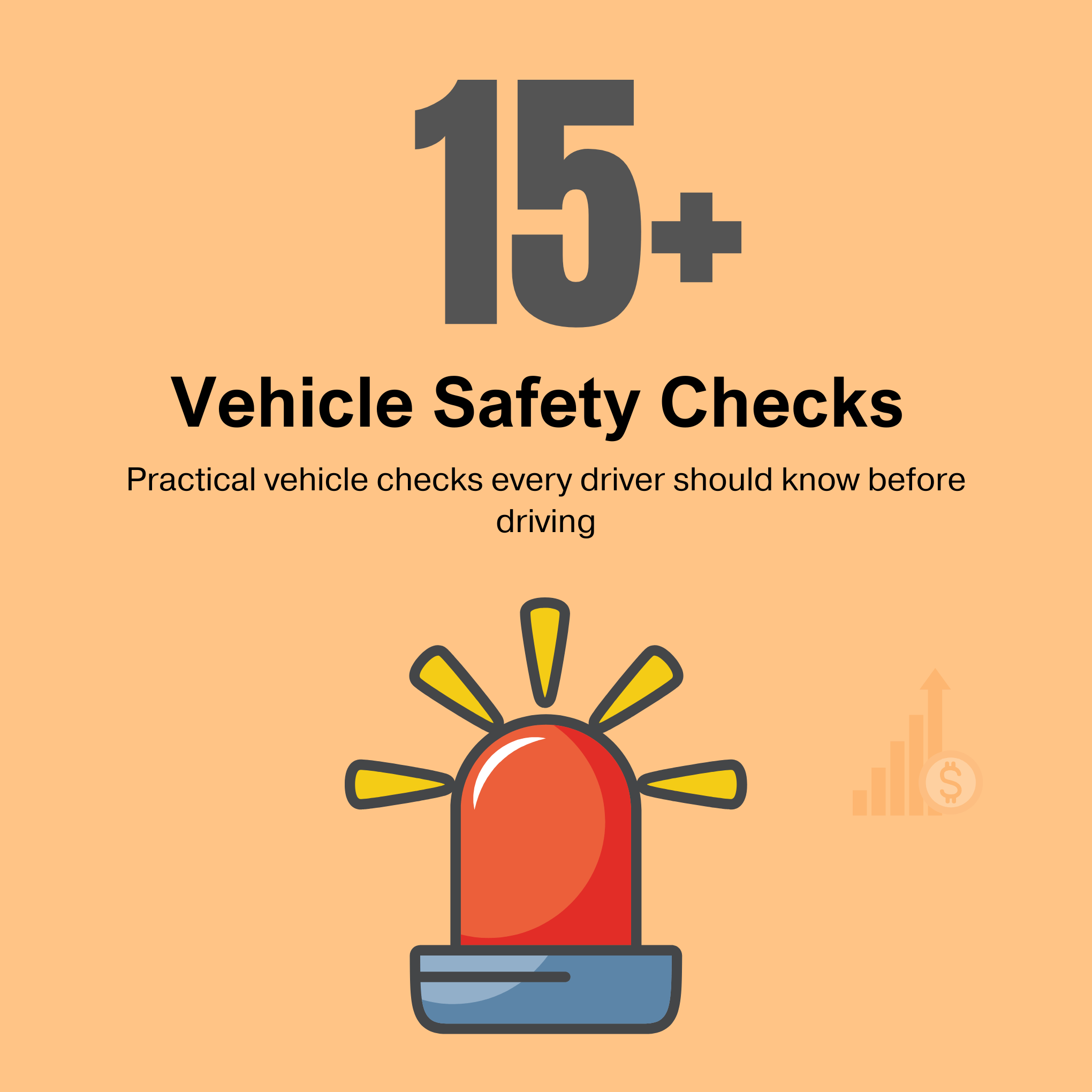
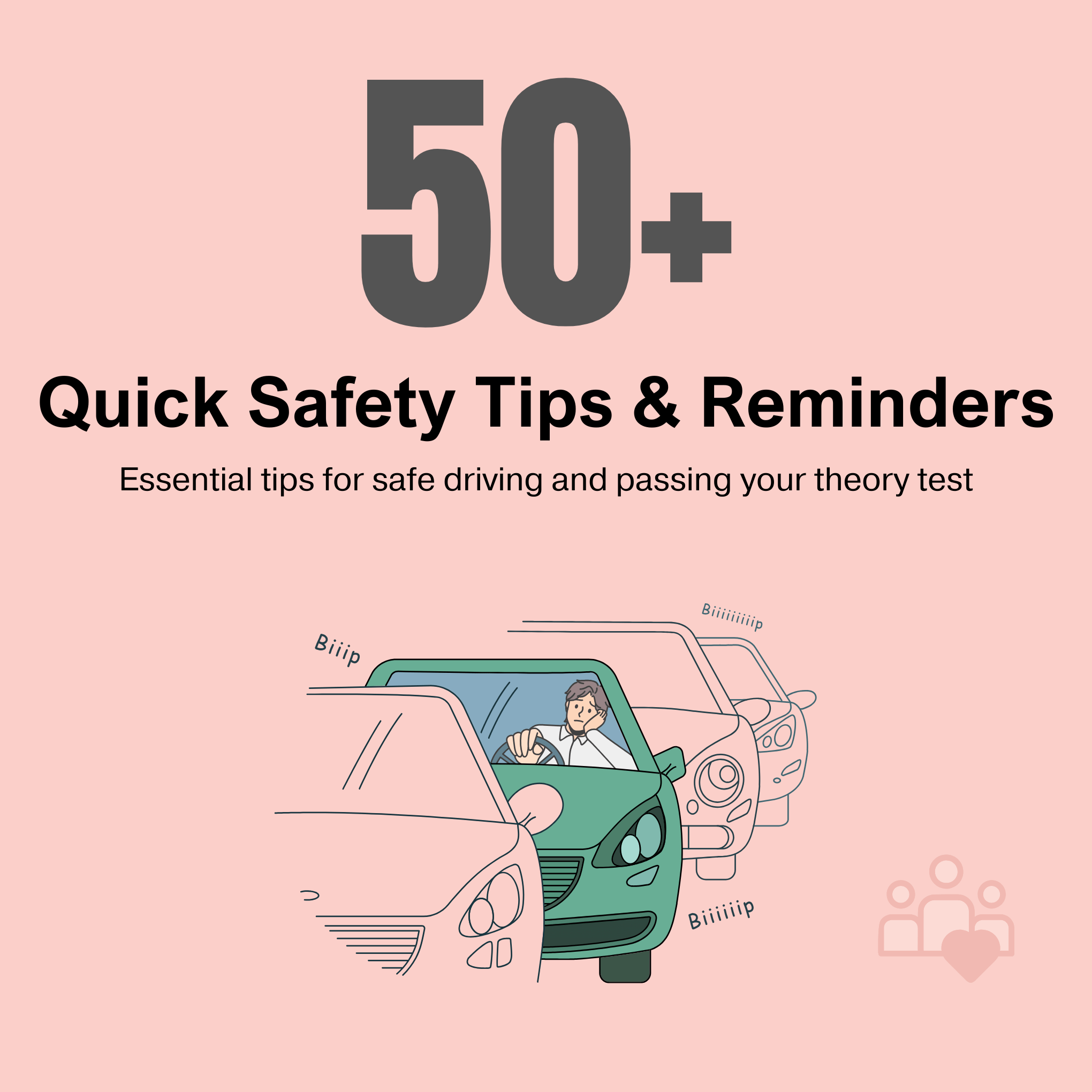
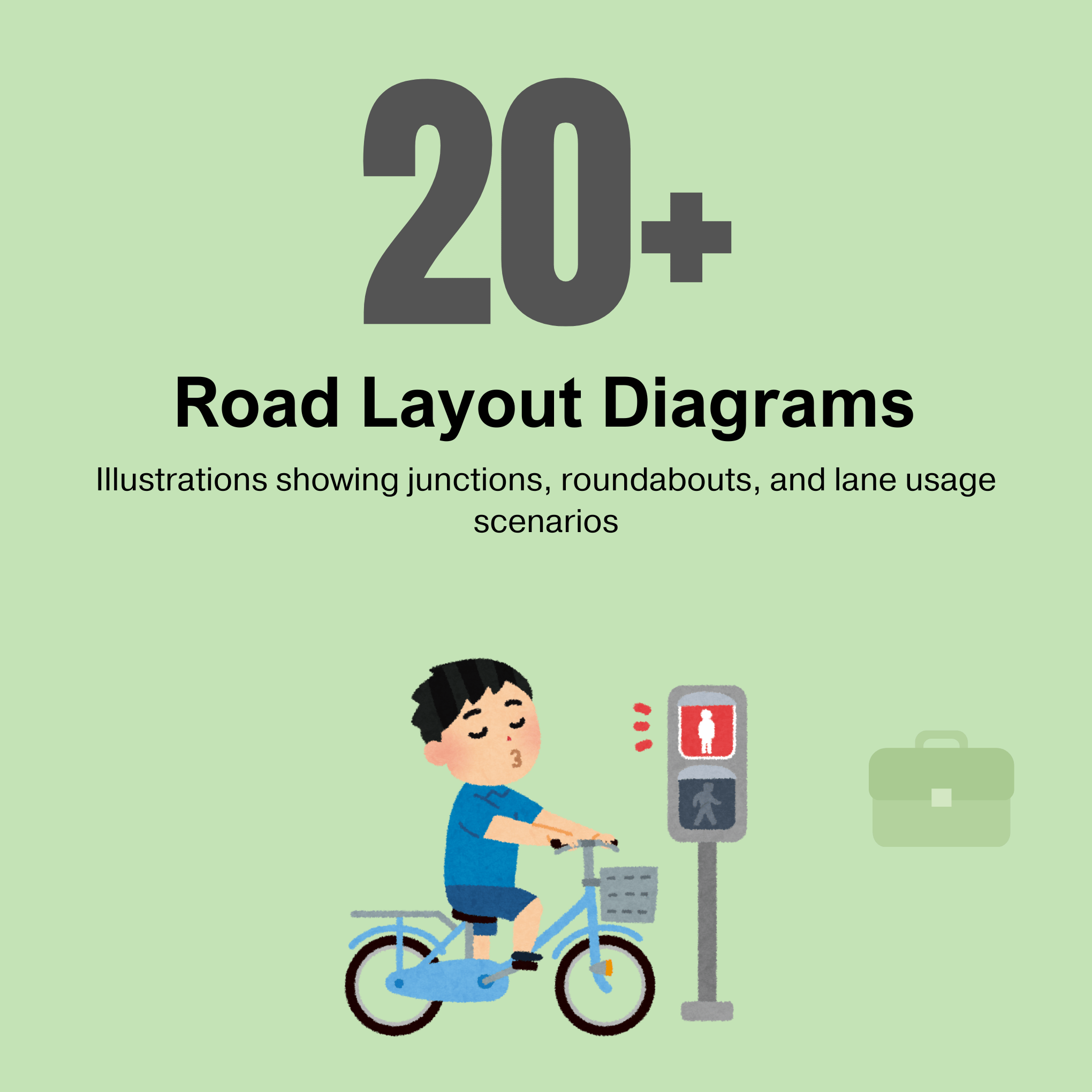
Test Your Road Knowledge
Lorem ipsum dolor sit amet, consectetur adipiscing elit. Ut elit tellus, luctus nec ullamcorper mattis, pulvinar dapibus leo.

Who has the right of way here?
Answer
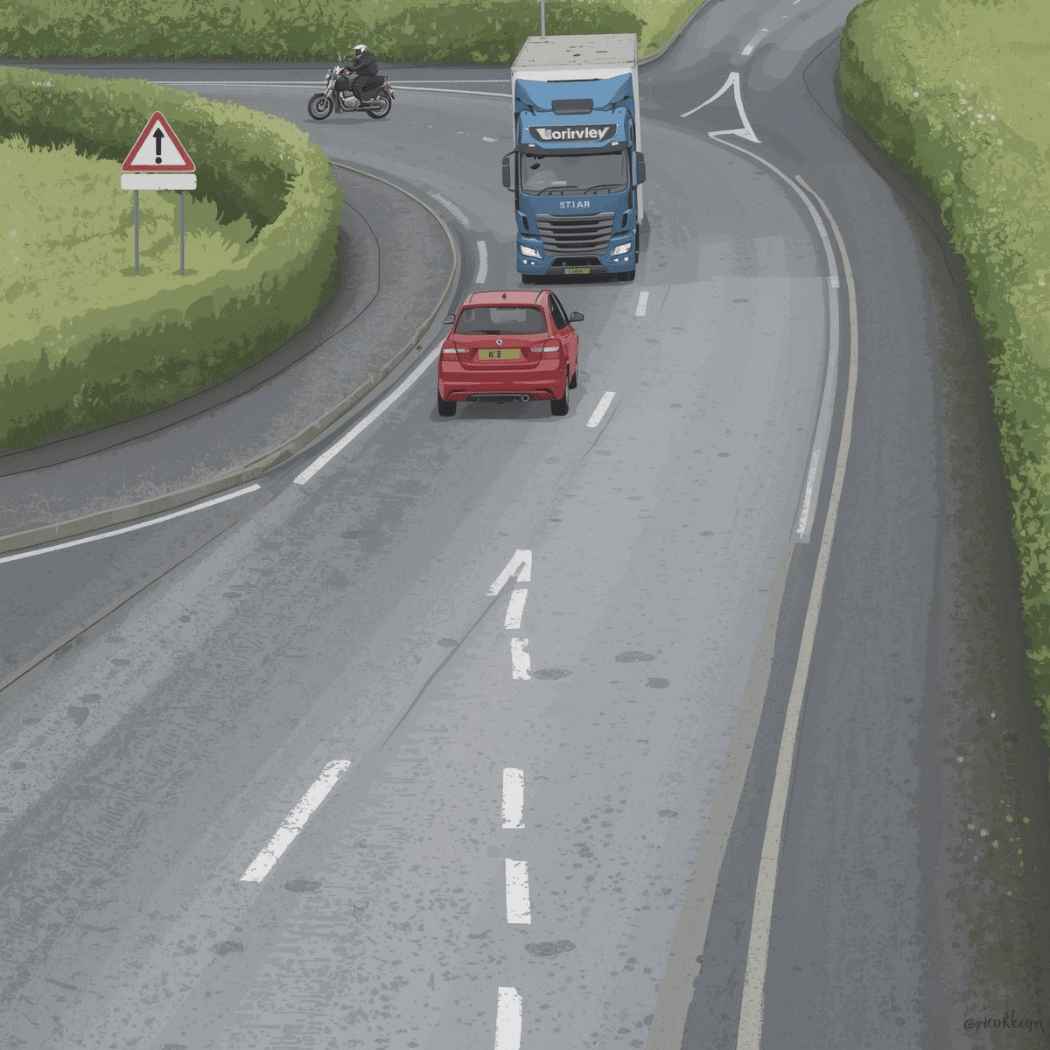
Is it safe for the car to overtake the lorry here?
Answer
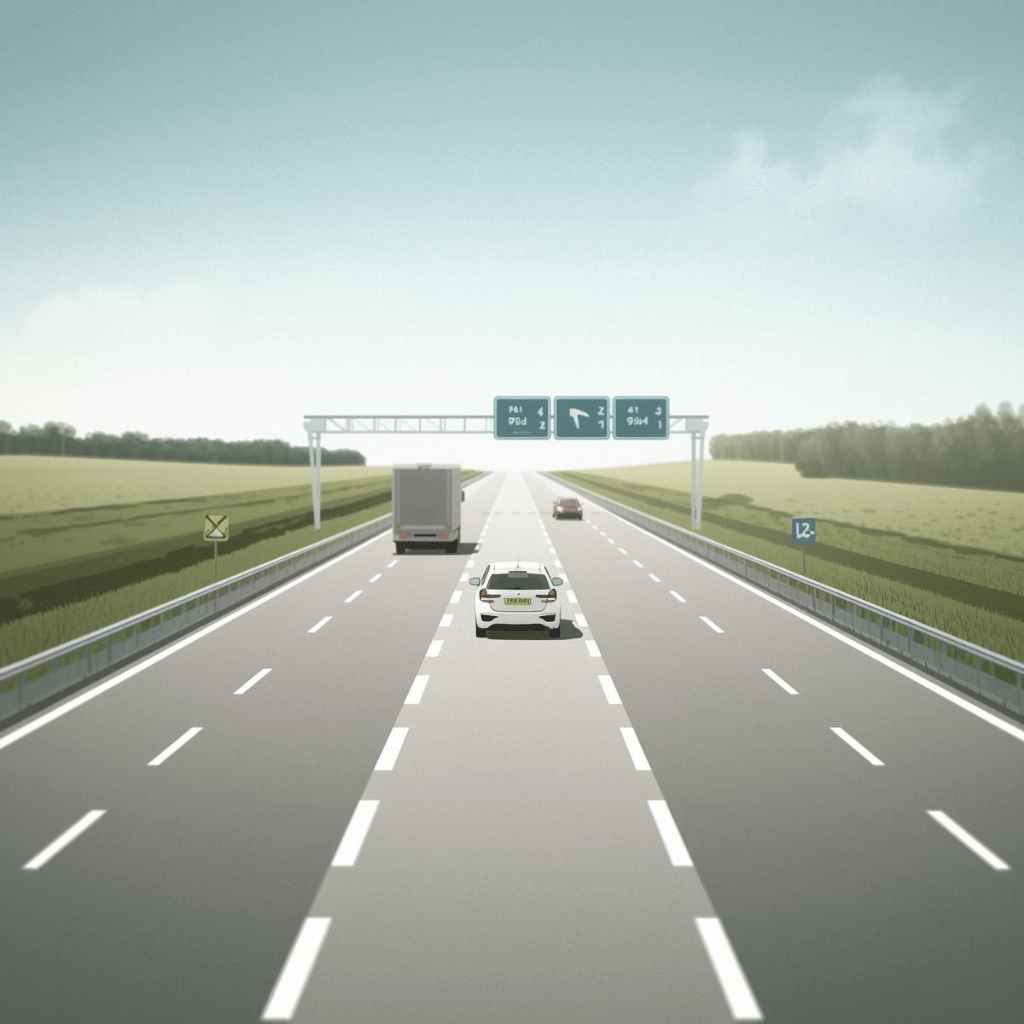
Which lane should the car use if driving steadily at 60 mph?
Answer
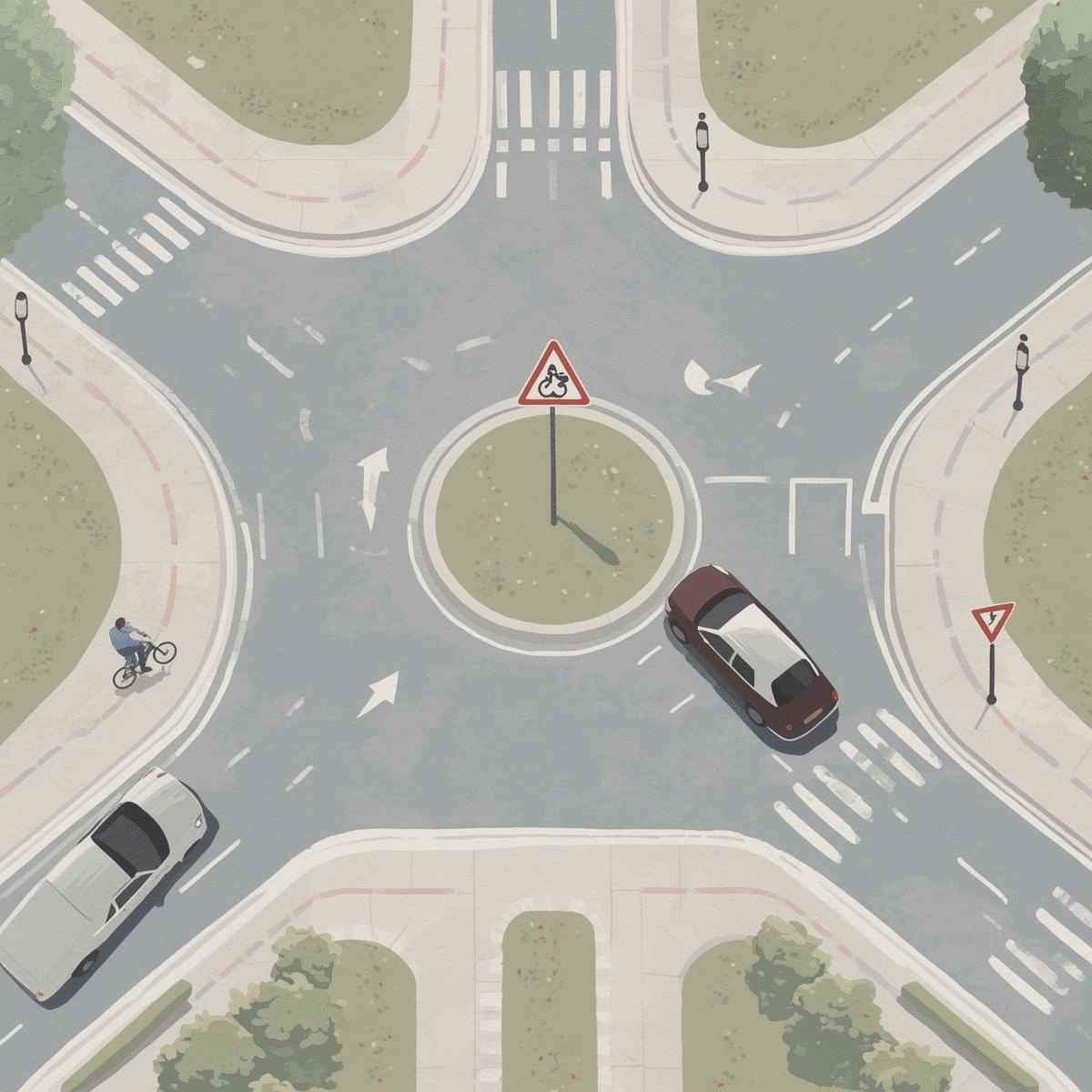
Who must give way at this roundabout?
Answer
